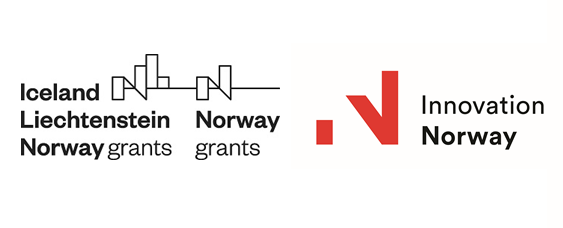The revised BIC standard (ISO 9362) approved in January 2014 is due for implementation by November this year and the changes it brings revolve around dropping info on connectivity and time zone.
This revision took into account market evolution, ensuring the standard is neutral and agnostic from any network, while also making the BIC more resilient going forward. This means that, except for the country code, the characters in a new BIC will have no meaning, while the specificities of the organization will be included in accompanying data attributes instead of being embedded in the BIC.
BIC Standard Changes
Elements within the code are redefined, references to the SWIFT network are removed (BICs will no longer be issued with “1” in position 8) and a new identification concept is introduced, namely Business Party (branch identifier, suffix, country code and prefix).
The most significant change is that the connection or disconnection of an organization to a SWIFT network service will no longer require the change of its BIC. The only exception: an organization with an existing non-connected BIC1 created before Nov 2018 that needs to be connected to SWIFT.
Also, please keep in mind that BIC owners will be responsible for the maintenance of the data related to their BICs and must keep it up-to-date and confirm the accuracy at least once a year.
Related SWIFT Services
With respect to ISO 9362, SWIFT has two roles: network provider (using BICs in the SWIFTNet and SWIFTNet FIN services) and ISO Registration Authority (responsible for the implementation of this standard). All the more reasons for SWIFT to introduce enhanced directory services in order to help the community support and adopt the revised standard: BIC Plus and BIC directory 2018.
BIC Plus (SWIFTRef’s new offering) is an event-based directory, with a completely different structure and several new attributes, such as: legal name and address, BIC publication, last update and expiration date, a BIC’s reachability over FIN, FileAct and InterAct, SWIFTNet connectivity status of a BIC, etc. Given the fact that the directory is commonly used in relation with internal applications to ensure a completely automated and accurate payments flow, we strongly recommend users to analyze the impact of the BIC Plus new structure at all levels of interaction with such applications that consume data from BIC Plus.
To ensure a smooth transition to the new structure of the directory, SWIFT supports the user community by providing a temporary solution – BIC Directory 2018, which ensures the same layout as the legacy one (to be fully decommissioned by November 2018), with the addition of basic connectivity and location code information. BIC Directory 2018 involves a minimal migration effort and it is available only for customers who have a BIC directory or BIC Plus subscription.
In order to benefit from the enriched data available in BIC Plus, we strongly encourage you to take all the necessary actions in your internal systems to accommodate the new structure and available file formats!
*Allevo is SWIFT Business Partner and Registered Vendor. As part of this partnership Allevo promotes SWIFT product and service portfolio in Romania.
**The content of this blog post belongs to its author and does not reflect the official position of SWIFT.
***Should you wish to contact us, you may do so via e-mail / website form.









